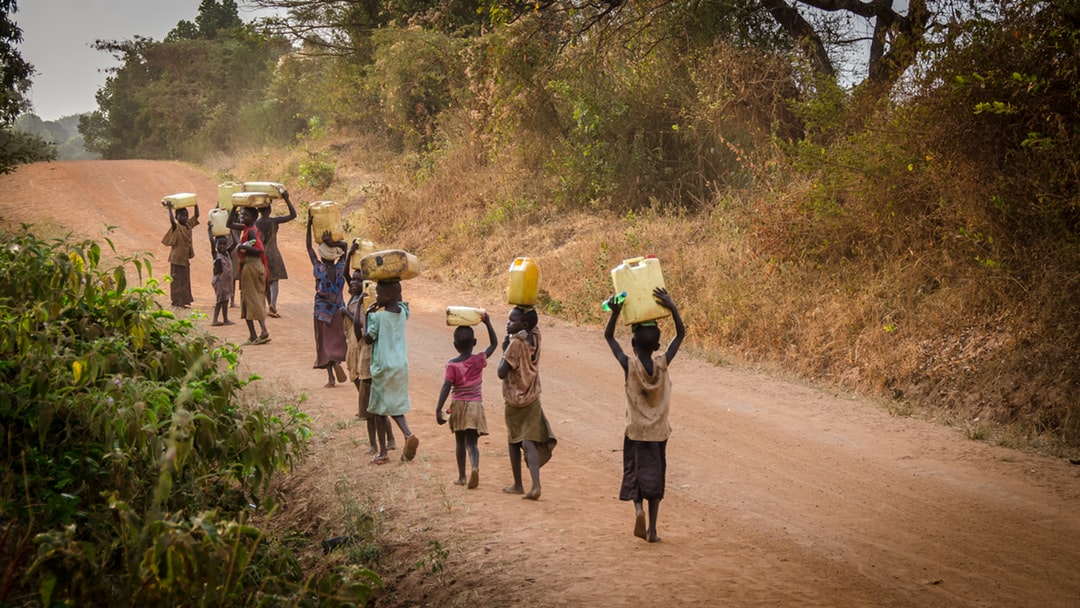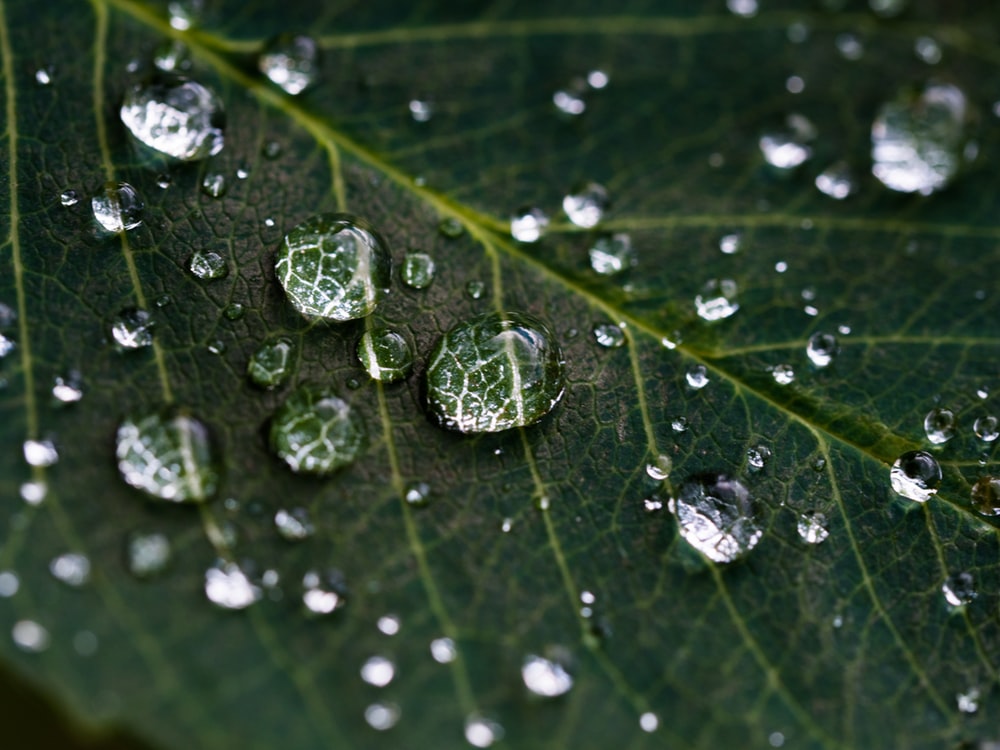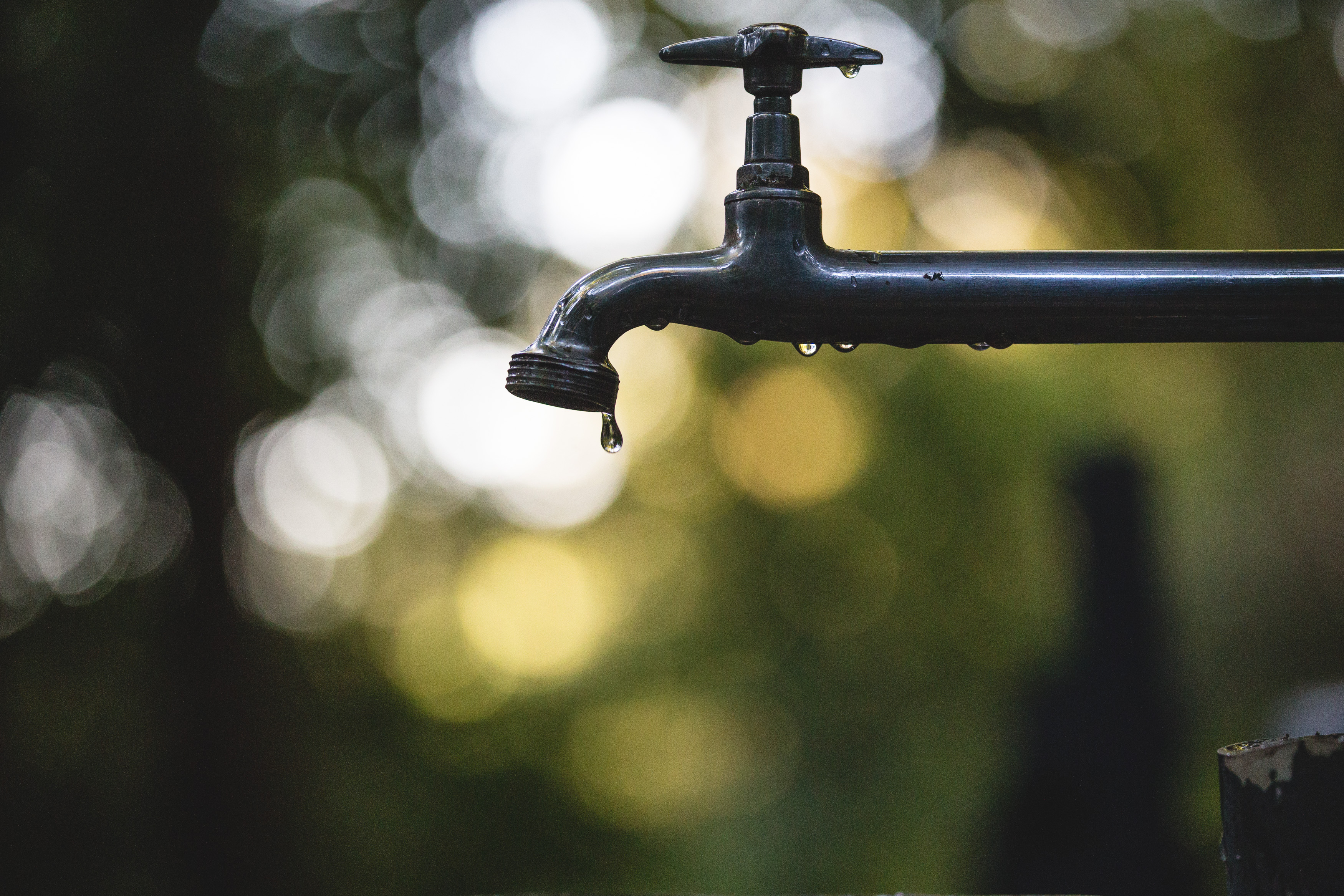The Mountain Spring.
Can revive,
And thrive,
This is the hope
That is in human scope.
But remember the choice,
Is between Little Water and No Water.
In Parts 1 & 2 of Buzz On Earth’s series on water, we have seen how the entire water ecosystem – streams, lakes, ponds, rivulets, aquifers and rivers across India are in serious distress. This entire chain of water will impact the oceans irretrievably. And oceans form the boundaries for all continents. Hence, Water is a global issue and action in India will resolve problems locally but with global impact.
Pollution and Shortage constitute two aspects of water crisis. One can add floods to this as well since strategies framed on these patterns can also impact the supply.
In Part 3, we introduced the concept of INDIVIDUAL SOCIAL RESPONSIBILITY. We looked at solutions that an individual can implement and contribute to optimizing their consumption of water. Low Flow Aerators and Flow Restrictors were presented as a low cost high impact alternative with data and illustration.

As the population of the world is increasing, we see that the growth is large in countries like India due to the big base. This is why an intense focus on INDIVIDUAL SOCIAL RESPONSIBILITY must become the way of life. Every individual leaves a huge impact on the planet since how each uses a precious resource will determine how much is available for the rest.
In my view, we must make Water the core of our Social Responsibility and develop a ‘Water Sense”- which is developing a behavioral pattern that is extremely sensitive to the way we react to all matters associated with Water as a resource.
The Individual and Home
We continue with what an individual or a family unit can do to optimize water consumption. In Part 3, we have extensively studied how a Low Flow Aerator / Flow restrictor can hugely impact water consumption.
The main areas that can be addressed at an individual/home & community level are:
- How we consume water for essential activity – bathing, hand wash, shaving, cooking, drinking, cleaning of utensils, cleaning of homes, washing clothes…
- How we consume water for other activities – washing vehicles such as cars, common areas, watering plants…
- How we cultivate water – rain water harvesting, size of sump, provision for storing rain water, maintaining green cover….
Going forward, let us look at how we can calibrate our behavior towards using water sensibly taking the example of washing vehicles.
Vehicle Wash
Early mornings in Bangalore is a sight. One can see precious water flowing in every street. How many of us aren’t witness to the array of Cars of all kinds on the streets getting a lavish bath (most cars these days are SUVs or MUVs) with water flowing from Pipes. The amount of water used to clean tyres is, perhaps, the daily consumption of a family in water deficit areas. One can virtually see “River Kaveri” flowing on the streets, so much is the water consumed for washing vehicles.
This is true in several urban areas I have visited.

Actually, a large SUV can be cleaned with just a Half Litre (500 ml) of water if one uses a Spray Bottle (the Cleaning Spray plastic bottles that we use at homes are good enough).
Please try for yourselves and you will be surprised. If you have Drivers or Help to wash vehicles, train them. In fact, most drivers & Domestic Help struggle to meet their daily water needs at home. So, it should not be difficult to sensitize ourselves first and then them as well.
This may call for behavioral change or change in mindset. But it’s critical we imbibe it.
In my view, many use up to 100 Litres of water to clean a Car every time. This can be brought down to just Half Litre per wash. Imagine that!
A Lake in Every Home
We have seen Lakes disappear all over the country. I have personally witnessed Bangalore’s lakes vanish over time.
Earlier, most homes used to have Conventional Wells, where the water used to get replenished by aquifers.
There also used to be a practice of constructing large Public Wells to be used as a source of water.

However, most of these sources have disappeared since the advent of the Borewells, which has led to a relentless exploitation of ground water.
Meanwhile, the urban landscape has changed. Today, one sees either Gated Communities of Apartments/Villas or Colonies with independent homes but with much smaller site dimensions.
Each of these can implement:
- Rain Water Harvesting to recharge the aquifers.
- Rain Water Collection for consumption.
So, there is a strong case for a LAKE in EVERY HOME. Here is what that means:
Let us look at independent homes and build a case for Rain Water Collection.
Most homes in Bangalore are built in 1200 sft or 2400 land plots. I have not studied other urban areas but this could be the case in most cities and towns.
Most of these homes hardly have any set back area for a well. However, there surely will be a Portico for Parking a Car. The Portico will be about 150 sft (10×15 ft.) on an average.
Typically, Water Sumps of either 6000 to 10000 Litre capacity is built in the Portico area for collecting & stocking municipal water daily.
It is tenable to build a 70,000 Litre Water Sump in this space (9x14x20 feet, 1 CFT is about 28 Litres of water). One can design the roof & plumbing in a manner so to collect all rain water in this Sump after passing through a basic filter.
Let us analyze the impact of this assuming the Sump Tank is full on the last day of the rainy season – a reasonable assumption for all locations that have a decent quantum of rainfall.
Assume that the family member size is 5 people and that low flow aerators are fixed to the Water Taps. We can safely assume per capital consumption of water as 150 Litres per head or 750 Litres.
The Sump will hold 93 days of stock!
Which means, that the family can be off the Government Water grid for 3 months post the rainy season!!!
The excess of rain water can be diverted into a Harvesting system to recharge the Ground Water.
This suggestion can meet the twin objectives of both consuming the rain water and recharging the ground water. Originally, the function of a Lake.
The same suggestion can be implemented in larger communities such as Apartment complexes/Gated Communities on a bigger scale since space to do this can be available. A conventional well could also be accommodated, if possible.
Hence, I have called this a LAKE IN EVERY HOME. This can potentially tilt the adverse demand supply crisis towards a water positive era.
This is not new or a fresh concept since quite a few examples who live by “cultivating” their own water and off the Government grid through sensible rainwater storage and harvesting.
What will be new is to adapt this on a mass scale.
So, I conclude this piece hoping that some of these seemingly ordinary ideas are something that we as individuals can take ownership in implementing at home or in our communities.
Now, a few more suggestions for the Ministry of Jal Shakti, who can implement this by both policy intervention and working with Stake Holders like State Governments, State Water Boards, Municipal Corporation etc.

1. Create a uniform policy across States to incentivize construction of large capacity storage tanks for rain water along with rainwater harvesting systems by way of a grant or by an attractive reverse metering mechanism so that people who tap rain water for consumption are granted significant concessions. Such buildings can be incentivized by providing concessions on municipal tax as well. This investment can be easily recovered by the Government since the benefits of such a policy is immense. For example, the water saved can be diverted for agriculture.
2. With State Departments / Water Boards/ Municipal Corporations can mount a large campaign with an objective to stop people from washing vehicles irresponsibly or wasting water in any other manner. The campaigns must run in schools, offices, colleges, communities etc.
3. Frame rules with punitive action by way of fines, penalties or other deterrents. There can be an option like a ‘Public Eye’ portal to confidentially report such people washing vehicles irresponsibly or wasting large volumes of water (with photo or video evidence). Otherwise arresting this wastage or effecting a behavioral change would be difficult.
4. Create a pan-India Water Warden Cadre that State Governments can appoint in every ward as a single point contact for every water management related matter. They would be proactively interacting with local communities on Water Conservation & Management. The Wardens can be highly trained personnel who will have deep knowledge about water management (harvesting techniques, Sewage / Effluent treatment, Operation of STPs/EWTPs, conservation techniques as relevant to local conditions, Monitoring of Lakes & other water sources, promotion & dissemination of awareness tools and techniques etc.).
We will continue the series and look at some more solutions in the next part.
Meanwhile, let us try and reach out to as many as possible to try and strengthen our Individual Social Responsibility by implementing some of the easy solutions suggested. The potential of Conservation & Cultivation of Water becoming a people’s movement will depend on individual behavior.


Indeed a great article regarding water saving. Since it calls for Individual responsibility, there is one area where no one is still able to address is wastage of water from water tankers that supply water to various parts of city:
1. The place itself where these tankers get filled, is found to be water-stagnant area, &
2. During transportation, the water get spilled from these tankers (either due to over-filling) or due to leakage in the tanks.
While its easy to play a blame game, there are ways in which these issues can be addressed, such as by deploying an additional manpower with the responsibility to look after the filling of these tankers. The filling process can be made similar to a sulphuric acid or phosphoric acid tanker loading stations (in manufacturing units), where the loss of acids due to the above mentioned factors calls for immediate action of repair/replacement of pipelines and monitoring. If acids are so valued (owing to their chemical pollution on contact with the land), definitely its time to step up the measures to conserve water too.